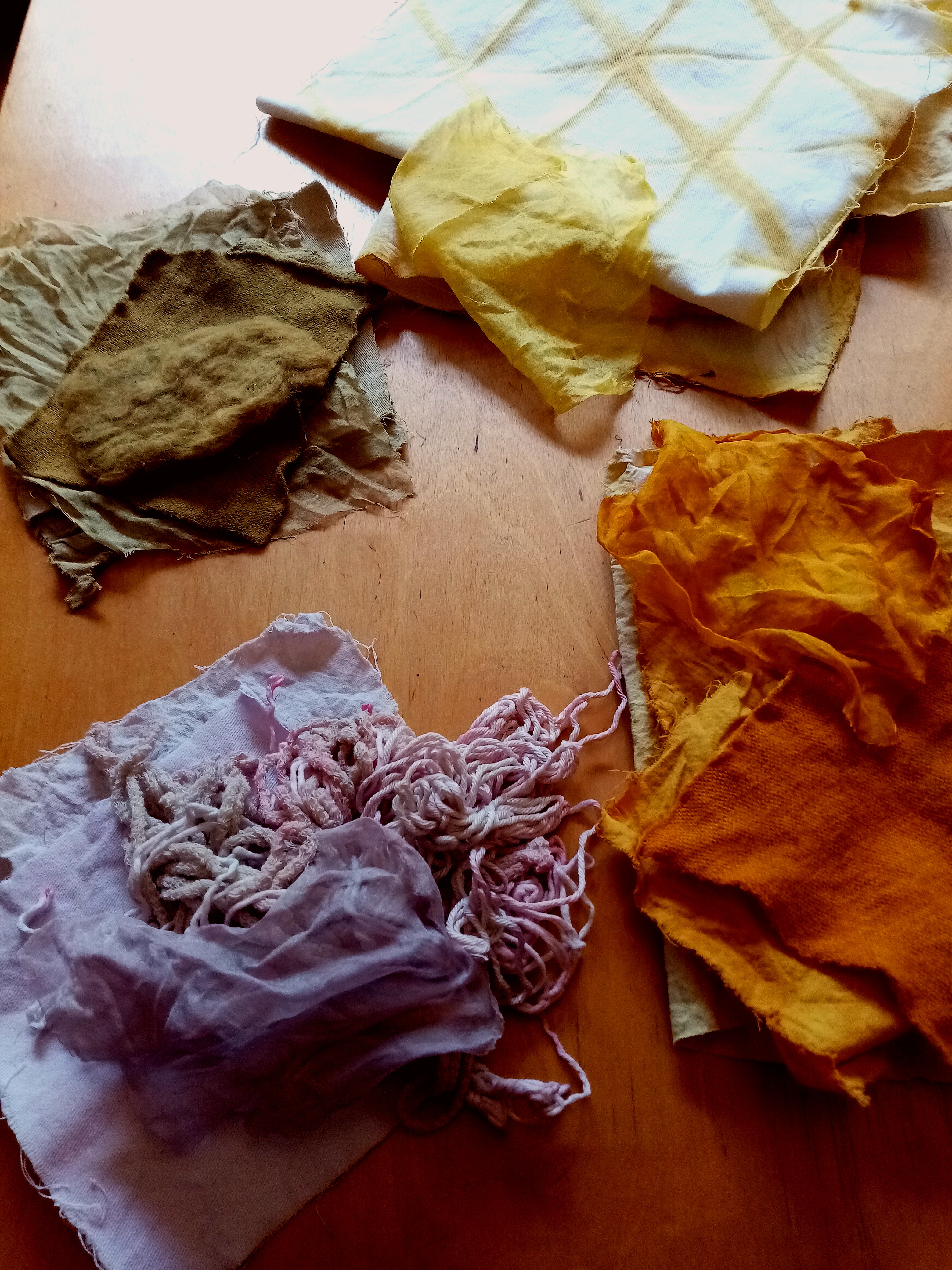4. Biochromes¶
Class Notes¶
October 13th, 2020 by Cecilia Raspanti
The textile industry is one of the most polluting in the world, in which one of the most environmentally disastrous processes is the dyeing of fibers and textiles of the clothes we wear. Chemicals are released daily in rivers and nature destroying the environment around us to satisfy the colour demands that we create as designers, industry and consumers. Very few options are being explored in this fast changing fashion, clothing and textile industry, and the list of chemical treatments is only expanding.
This class foucused on exploring colouring alternatives to the current ones. Bridging craftsmanship techniques and technology, exploring alternative colour sources and their processing. Ranging from plant based, insect base and bacteria based pigments.
Research¶
Bibliography¶
I started searching for bibliography and found two papers on natural dyeing from Uruguay.
Uruguayan Brands¶
I also did some research on artists and designers that explore alternatives to produce in a more sustainable way. These are two brands from Uruguay:
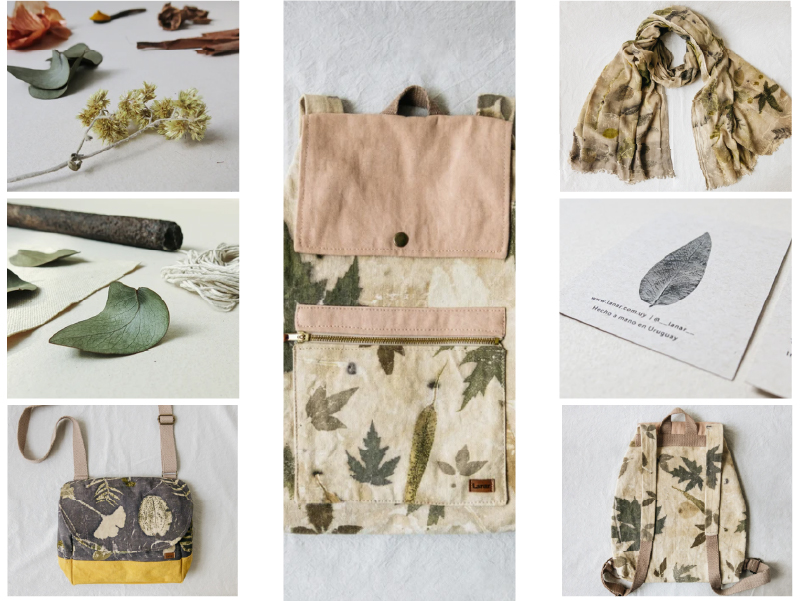
Lanar Lanar is a brand that has a line of textile products with a very special differential: all of them are intervened with natural elements through very careful printing and dyeing processes.
In Lanar you will find products that are not only friendly to the human body but also worked through processes that take care of the environment.
In order to obtain sustainable elements, they use natural fabrics as well as materials to produce colorings. The botanical prints are made with designs created on the basis of leaves that achieve a unique and unrepeatable result in each piece.
Proceso de Ecoprint Lanar from Lanar on Vimeo.

Gaia is a fashion project with sustainable values and resistance to the mass production models of the textile industry known as "fast fashion", which feeds a capitalist economy, responsible for the exploitation of people and natural resources of the planet.
Faced with this socio-environmental emergency, this Uruguayan project seeks to design production strategies to preserve and restore the environment.Moreover, they work with multidisciplinary groups made up of local designers and artisans, and honor the culture and the artisan work, in order to use fashion as a means of expression to share and reflect on the problems caused by the contemporary textile industry.
BIOCHROMES¶

DYEING¶
A dye is a coloured substance that chemically bonds to the substrate to which it is being applied.
Tools¶
- Stove & Pots
- Digital Scale
- Mixing spoons
Ingredients¶
- Water
- Dye: Roots, leaves, flowers Bacteria
- Mordant: Alum Copper Iron liquor
- Washing powder
- Vinegar
- Sodium carbonate
Textiles¶
-Natural Textile Fibers: Silk, Cotton, Linen, wool.
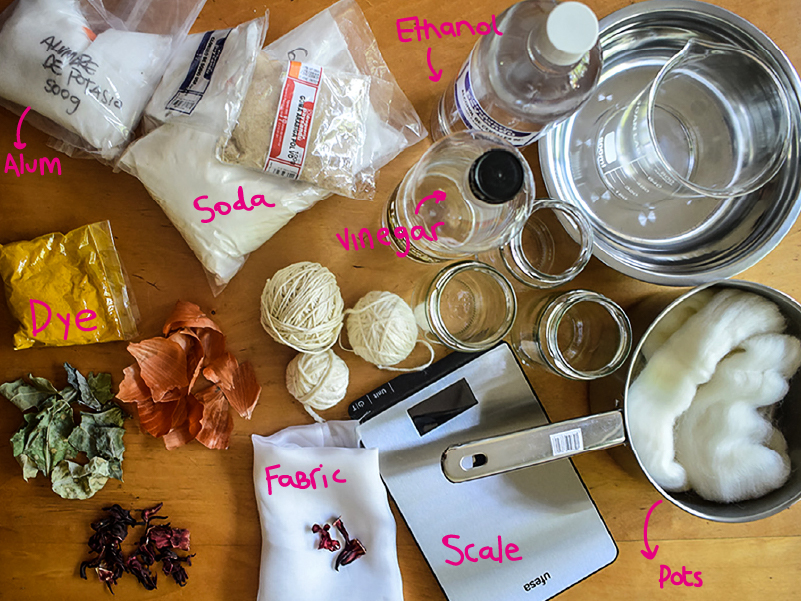

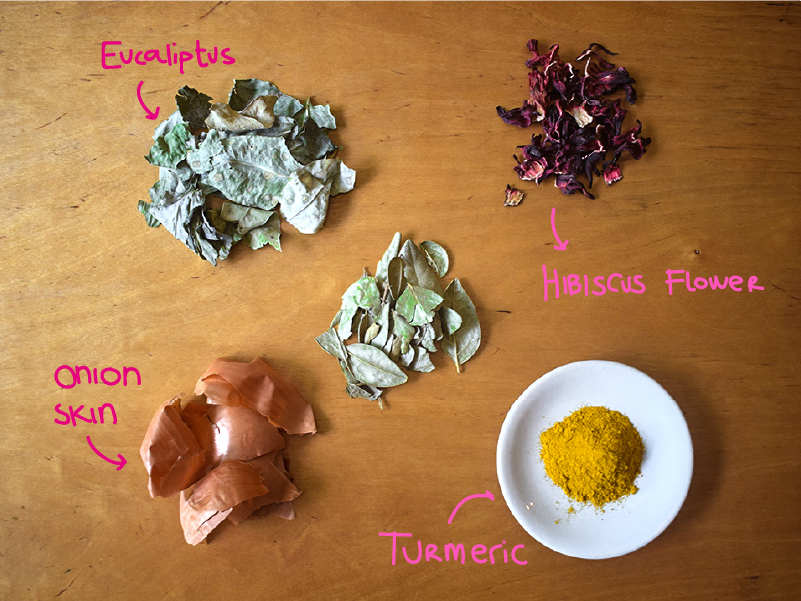
Process¶
 Cecilia Raspanti Lecture Notes
Cecilia Raspanti Lecture Notes

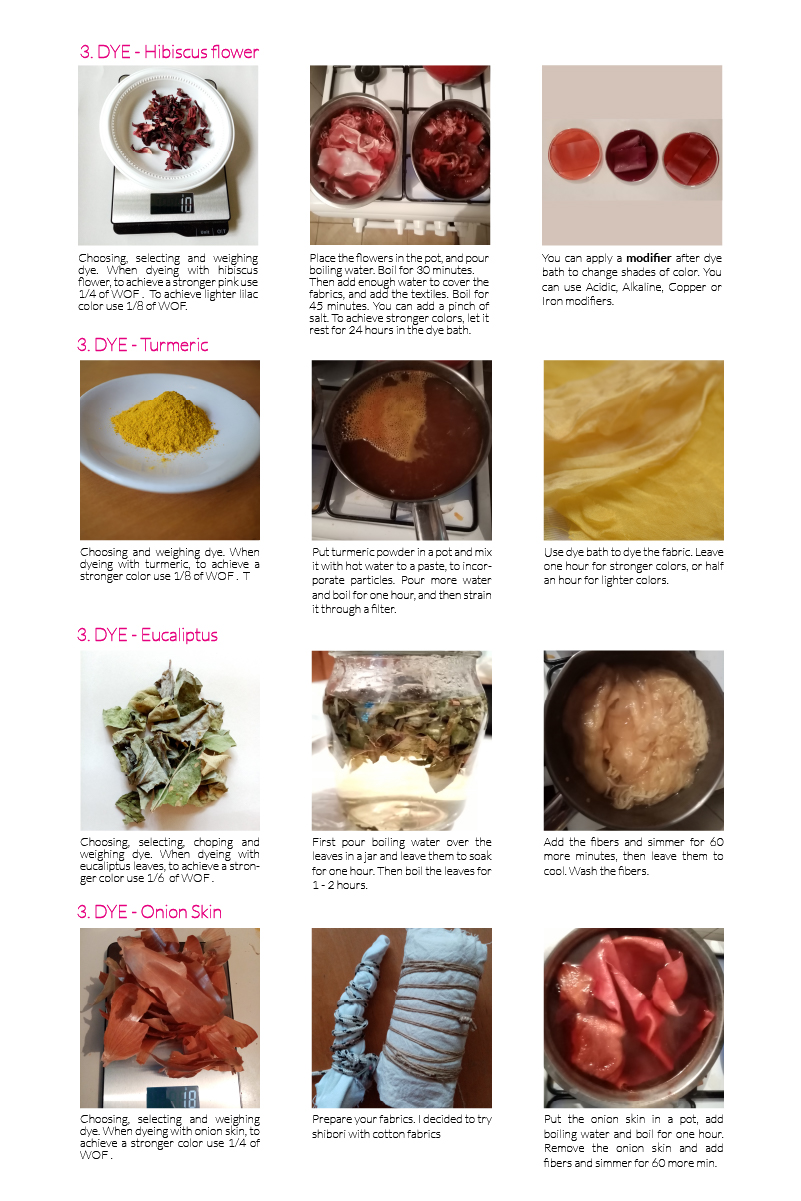
This were the results achived by dyeing with Hibiscus Flower

Modifing after dyeing
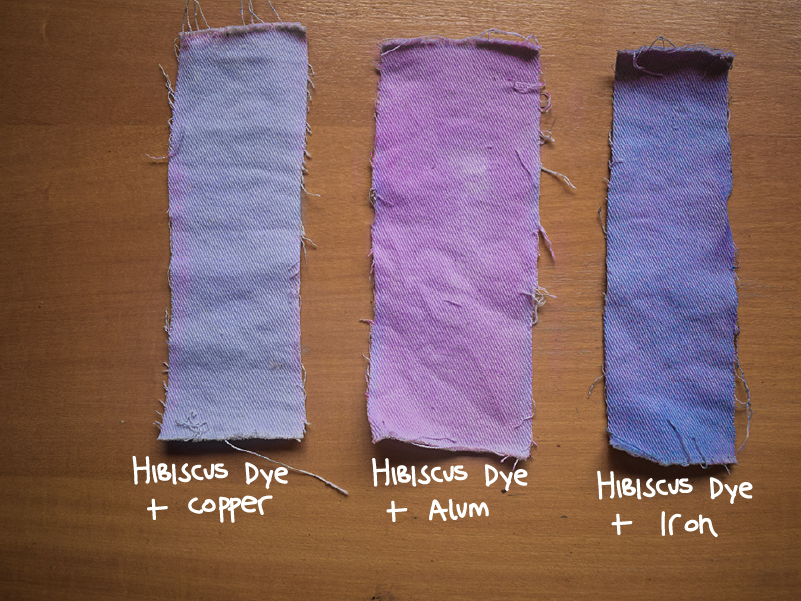
This were the results achived by dyeing with Turmeric

This were the results achived by dyeing with Eucaliptus leaves

This were the results achived by dyeing with Onion Skin

And this is the final result of all the dyeing. Even though it was a lot of work, I am happy with the results, as I could achived many colors.

INK¶
An ink is a colored fluid used for writing, drawing, printing
Tools¶
- Stove & Pots
- Digital Scale
- Mixing spoons
- Petri dishes & Glass Jars
- Syringe
Ingredients¶
- Dye: Roots, leaves, flowers
- Vehicles: Water Ethanol 96%
- Additive: Vinegar Sodium carbonate Alum Copper Iron liquor
Process¶
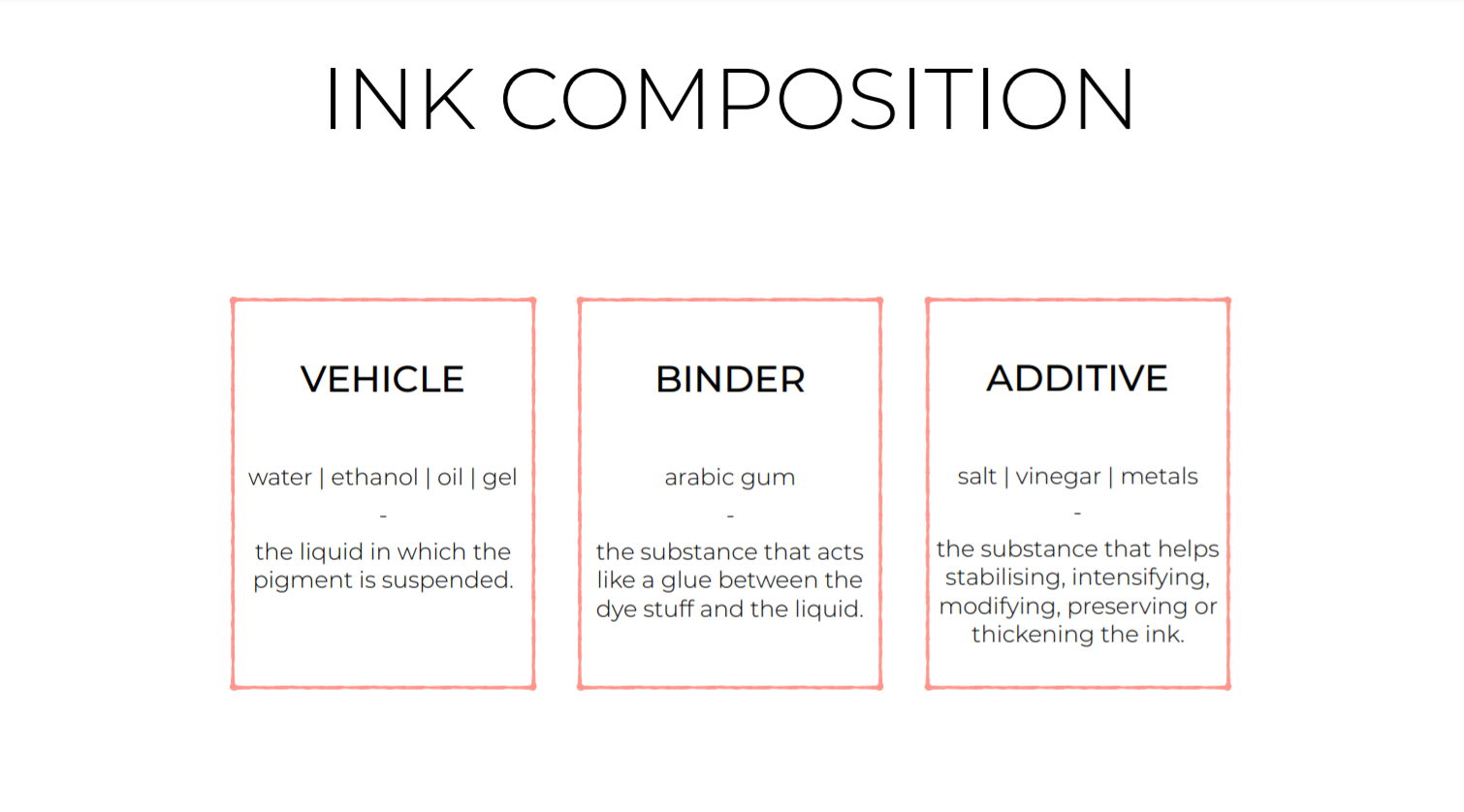
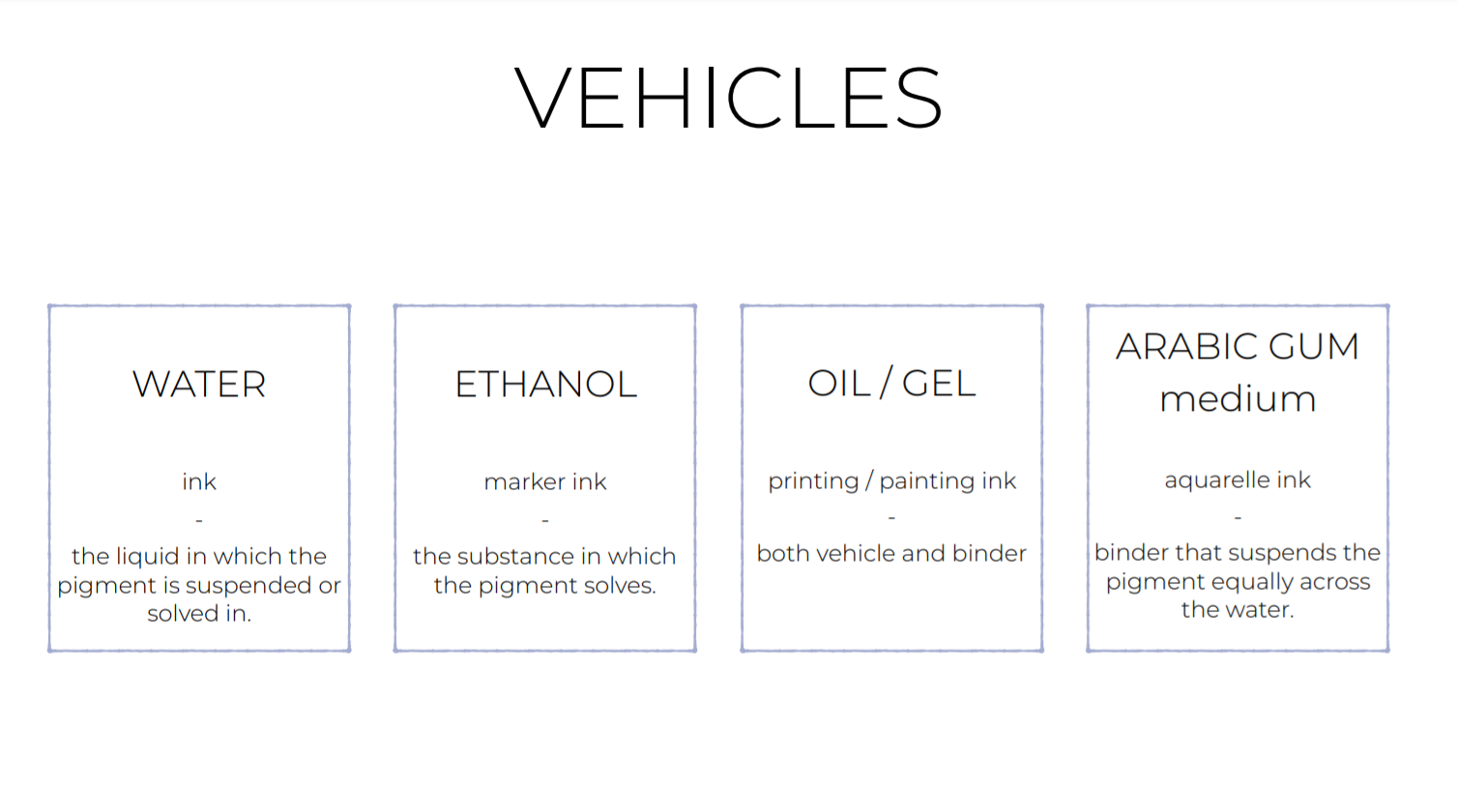
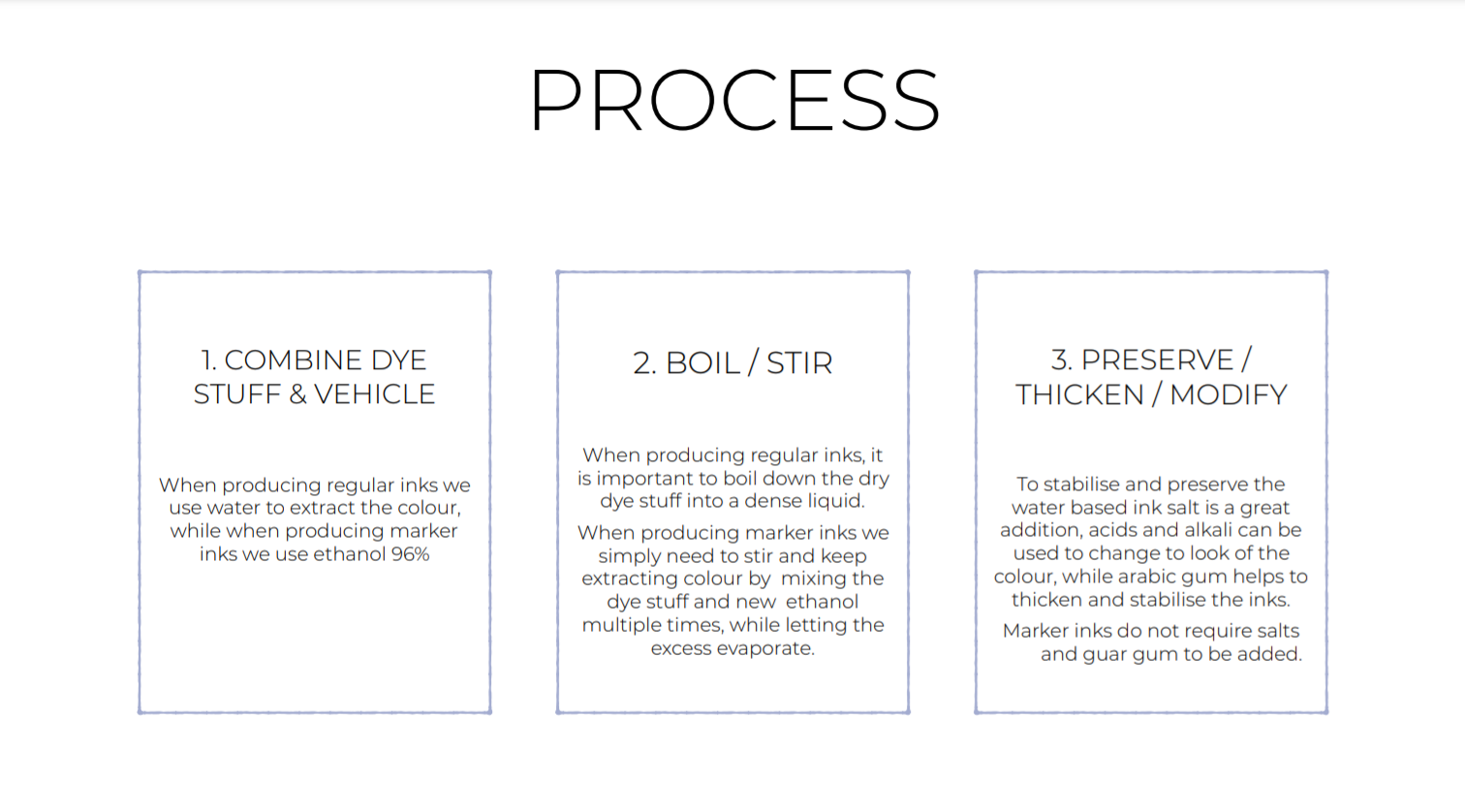

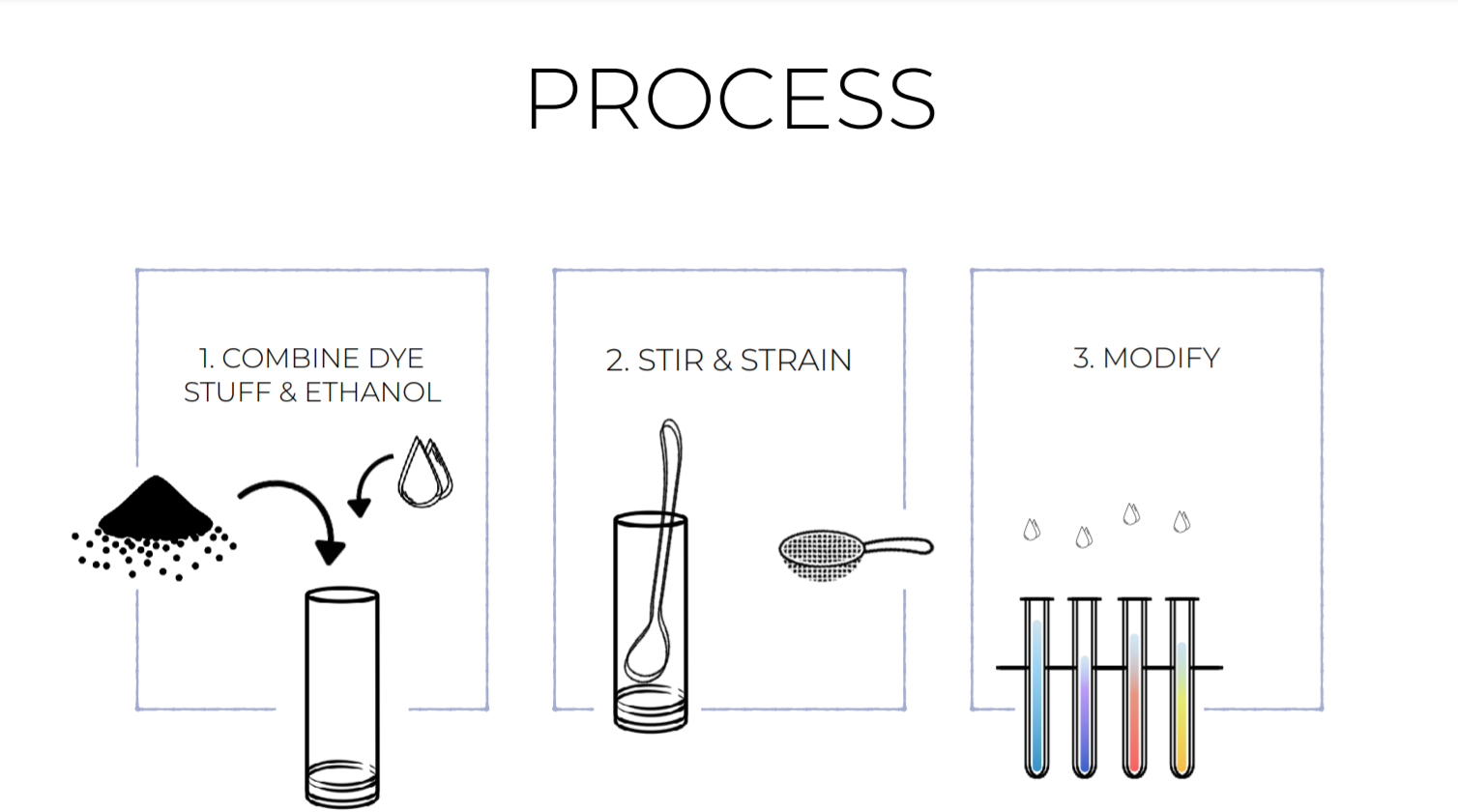 Cecilia Raspanti Lecture Notes
Cecilia Raspanti Lecture Notes

Before making the final inks, I made several tests using petri dishes

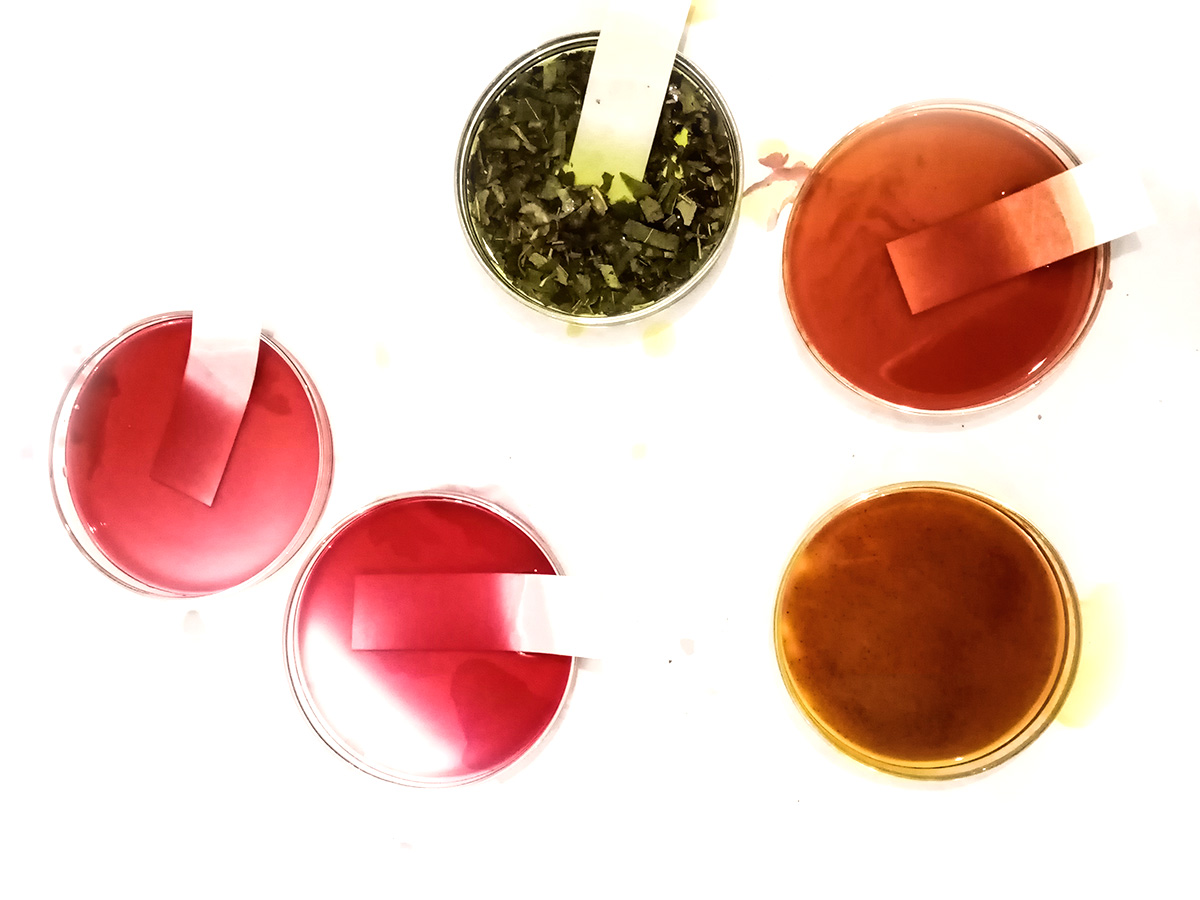
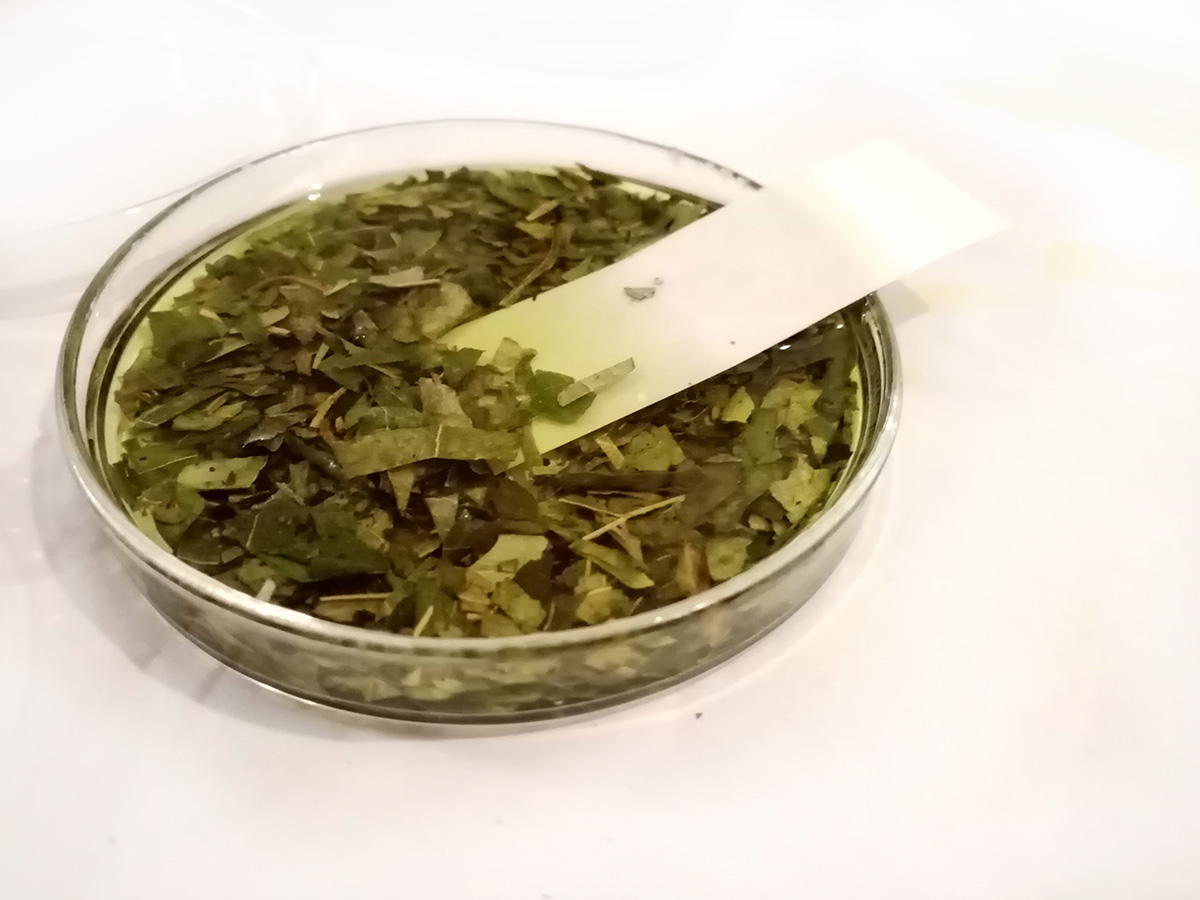
Experimentation ink + soda + vinegar
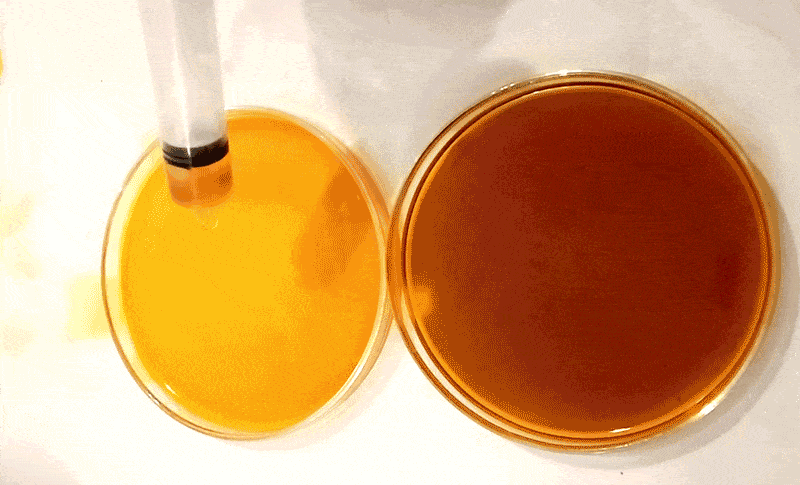
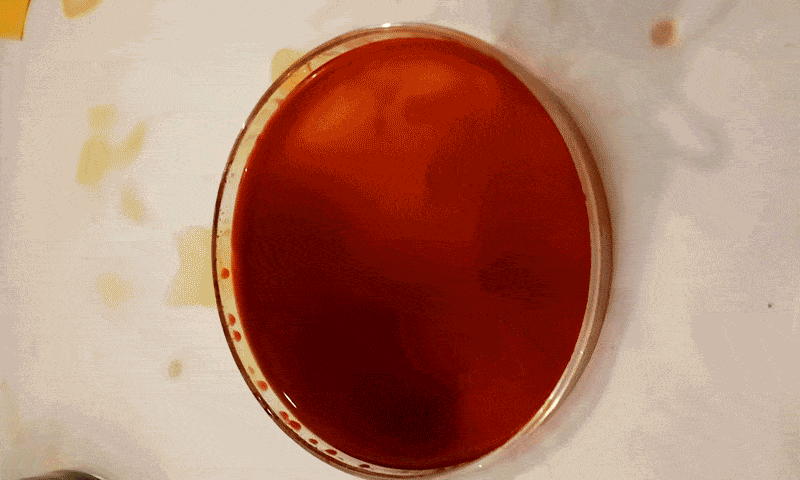

This were the results achived with Hibiscus Flower Ink

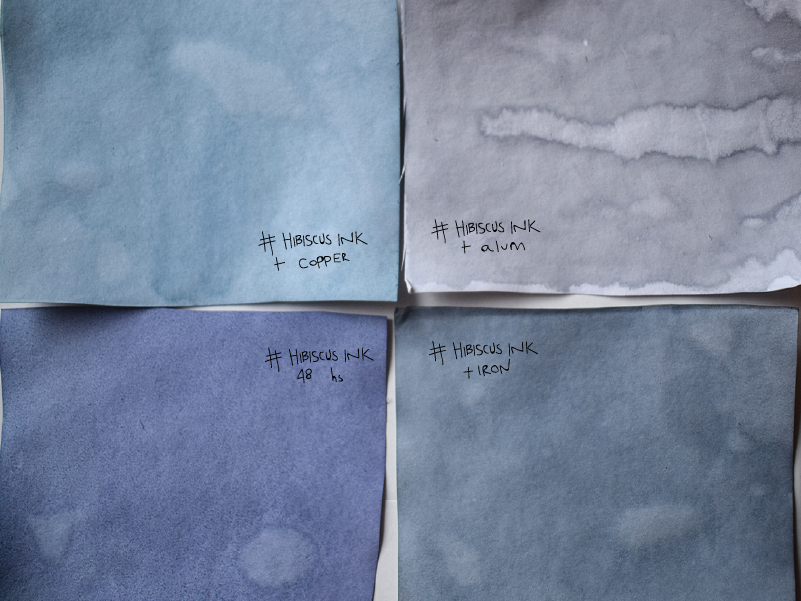
This were the results achived with Turmeric Ink

This were the results achived with Eucaliptus Ink
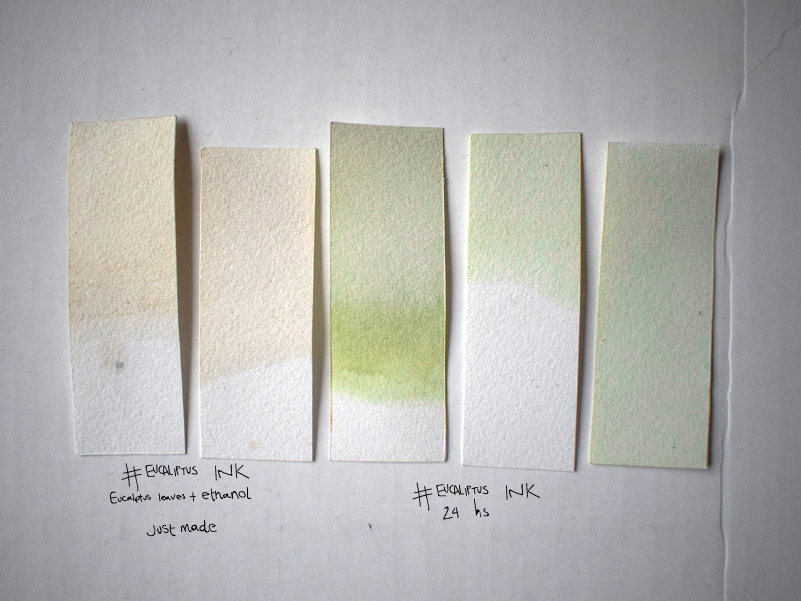
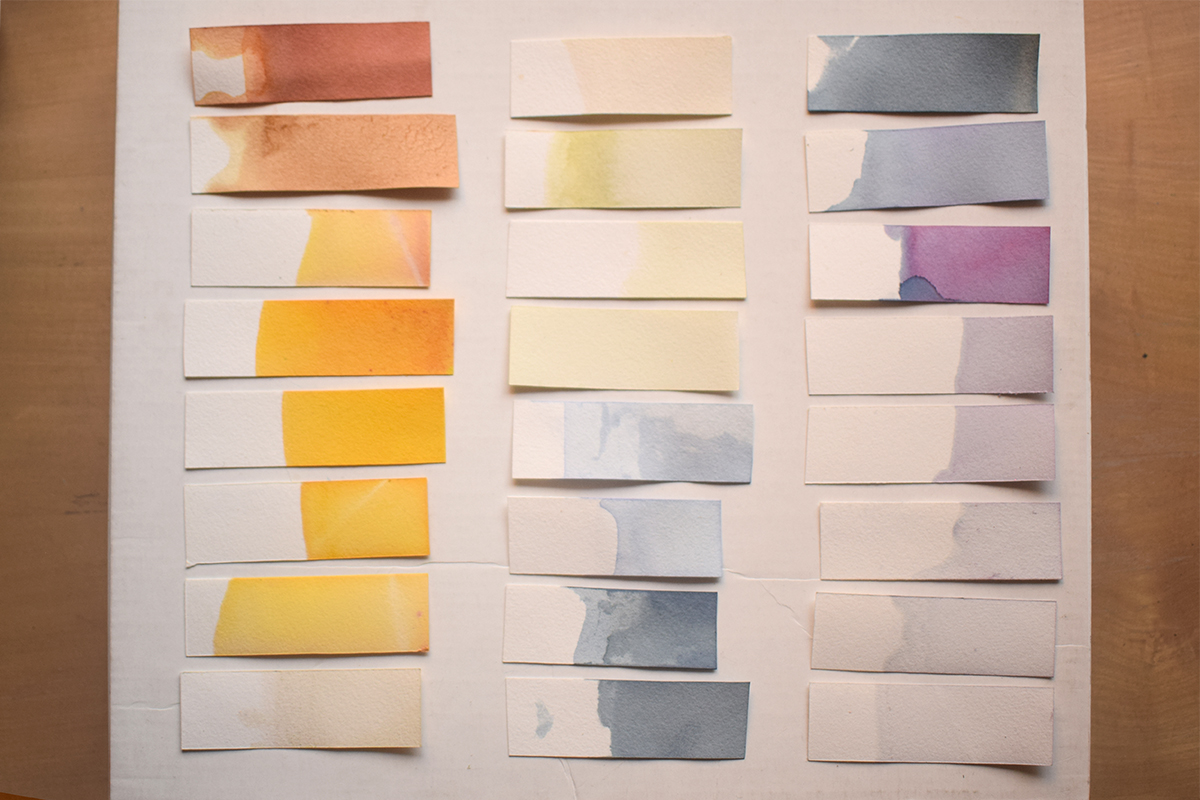
Gallery¶









